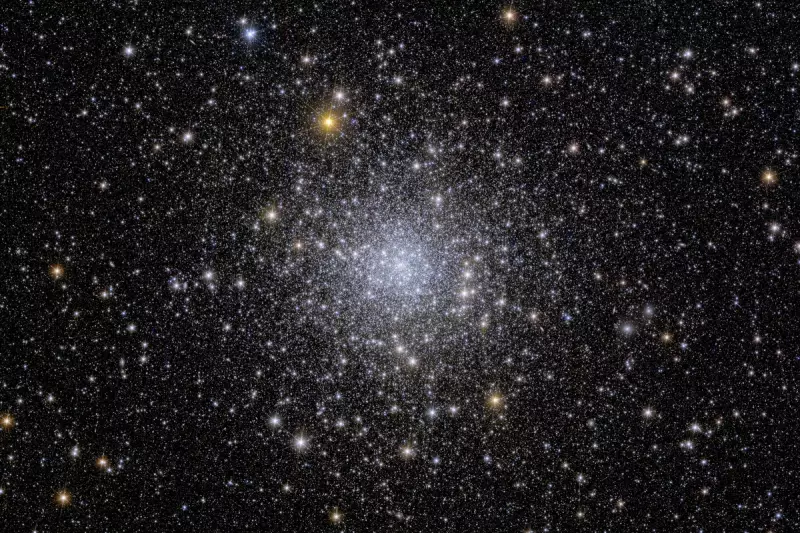
In a development that could reshape our understanding of the cosmos, an astrophysicist claims to have captured what may be the first direct evidence of dark matter, the mysterious substance that makes up 85 per cent of our universe.
A Century-Old Cosmic Mystery
Nearly a century after Swiss astronomer Fritz Zwicky first theorised its existence in 1933 to explain gravitational anomalies in galaxy clusters, dark matter has remained one of science's greatest enigmas. This invisible substance does not emit, reflect, or absorb light, nor does it interact with electromagnetic forces, making it nearly impossible to observe directly.
Despite its elusive nature, dark matter has been the subject of intense scientific research because it could provide crucial insights into how galaxies form and the universe's overall structure. The scientific community has long speculated that dark matter might produce detectable light under extremely specific circumstances.
The Breakthrough Detection Method
Professor Tomonori Totani from the University of Tokyo's Department of Astronomy used NASA's Fermi Gamma-ray Space Telescope to investigate the theoretical possibility that dark matter particles might produce gamma-ray photons when they interact and 'self-annihilate' with each other.
By training the powerful telescope on the centre of our galaxy - a region where dark matter is theoretically concentrated - Professor Totani gathered data that he claims shows the specific gamma-ray signature of dark matter annihilation. His findings, published on Wednesday 26 November 2025 in the Journal of Cosmology and Astroparticle Physics, reveal what appears to be direct evidence of the invisible matter.
Implications for Physics and Astronomy
'The gamma-ray emission component closely matches the shape expected from the dark matter halo,' Professor Totani stated. 'If this is correct, to the extent of my knowledge, it would mark the first time humanity has 'seen' dark matter.'
The research paper, titled '20 GeV halo-like excess of the Galactic diffuse emission and implications for dark matter annihilation', suggests that dark matter constitutes a new particle not included in the current standard model of particle physics. Professor Totani described this as 'a major development in astronomy and physics.'
However, the scientific community maintains cautious optimism, as these groundbreaking results still require independent verification by other researchers. If confirmed, this discovery would represent a monumental achievement in our quest to understand the fundamental composition of the universe.





